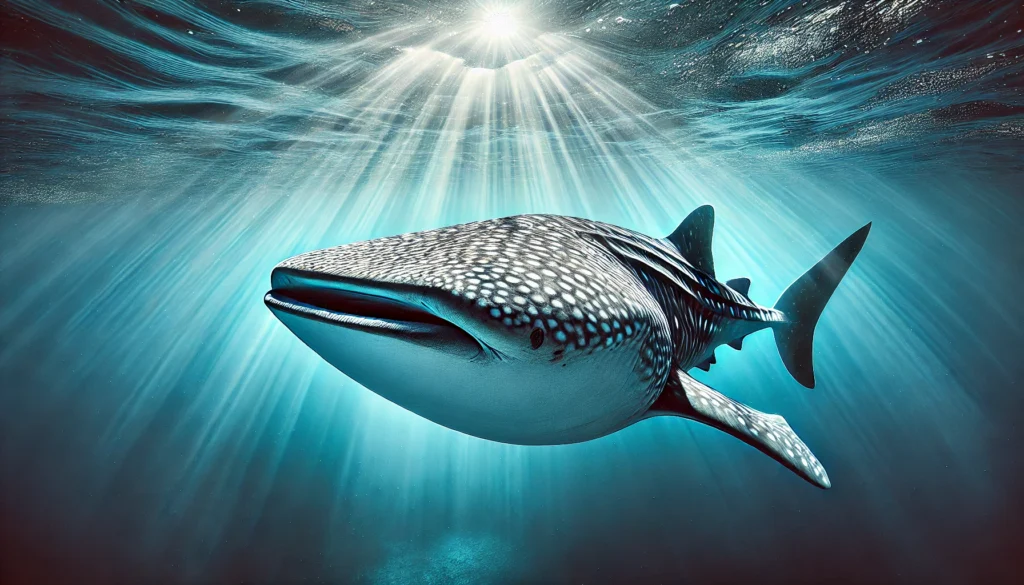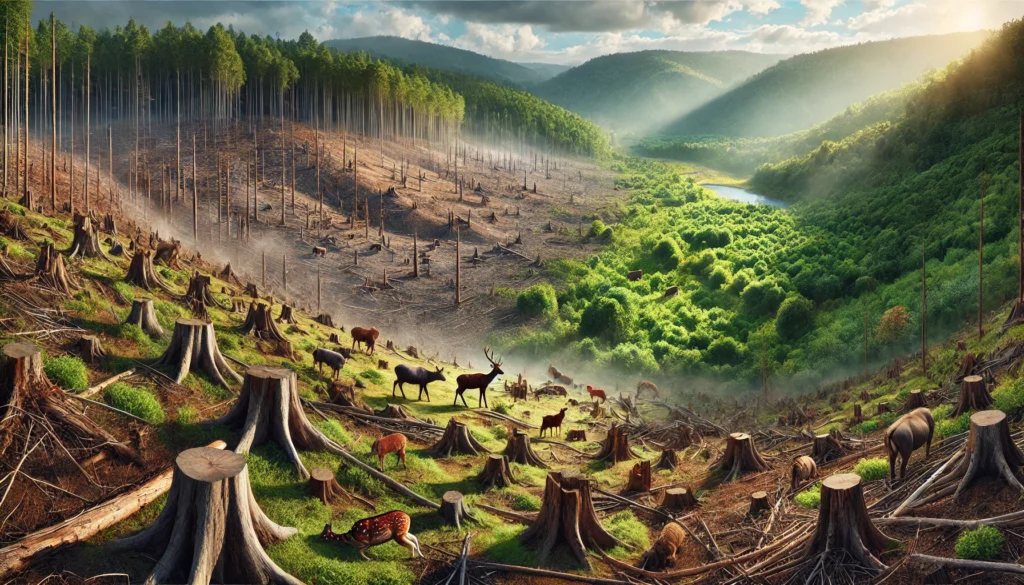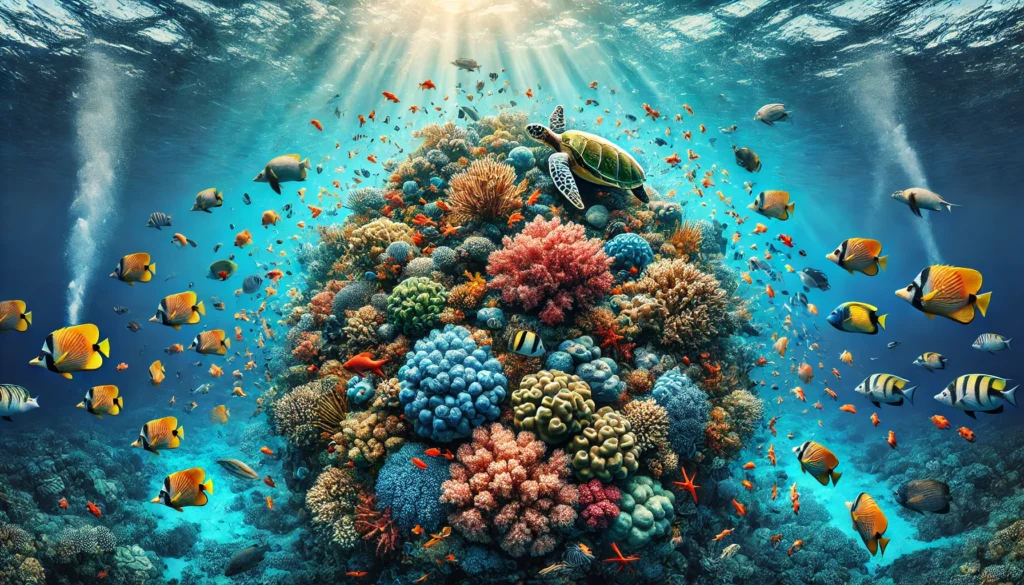Imagine you’re swimming in the vast expanse of the ocean, minding your own business, when suddenly a massive shadow looms over you. Your heart races, your mind flashes to every shark movie you’ve ever seen, and you’re convinced this is it – you’re about to become fish food. But wait! As you turn around, you’re faced not with rows of razor-sharp teeth, but with a gentle giant that looks like it swallowed a polka-dot bus. Congratulations, my friend, you’ve just encountered a whale shark!
Now, before you start planning your next vacation to go high-five one of these behemoths, let’s dive into the fascinating world of whale sharks. These magnificent creatures are the largest fish in the sea, and despite their intimidating size, they’re about as dangerous as a puppy with a floatie. In fact, they’re so docile that they’ve earned the nickname “gentle giants of the sea.” But don’t let their easy-going nature fool you – these massive fish are facing some serious challenges, and they need our help to survive.
In this blog post, we’re going to explore the weird and wonderful world of whale sharks. We’ll uncover their secrets, laugh at their quirks, and maybe even shed a tear or two as we learn about the threats they face. So grab your snorkel, slather on some sunscreen, and let’s dive in!
The Basics: What Makes a Whale Shark Tick?
Size Matters: The Biggest Fish in the Sea
Let’s start with the obvious – whale sharks are big. Like, really big. We’re talking “makes-a-school-bus-look-like-a-toy-car” big. These aquatic giants can grow up to 40 feet long and weigh as much as 20 tons. To put that into perspective, that’s about the weight of 15 average-sized cars or 100 sumo wrestlers. Imagine trying to parallel park that!
But here’s the kicker – despite their massive size, whale sharks are gentle creatures that feed primarily on tiny plankton and small fish. It’s like watching a giant vacuum cleaner sucking up specks of dust. Talk about a diet plan gone wrong!
Spot the Difference: A Unique Pattern for Every Shark
Now, you might be thinking, “Great, they’re big. But how do I tell one whale shark from another?” Well, my curious friend, nature has provided us with a handy identification system. Each whale shark has a unique pattern of spots and stripes on its skin, kind of like a fingerprint, but way cooler and much harder to lift from a crime scene.
This distinctive pattern isn’t just for show – it allows researchers to identify individual sharks and track their movements. It’s like a natural name tag, except instead of “Hello, my name is Bruce,” it says, “Hello, I’m a massive fish with polka dots.”
Living the Slow Life: The Tortoise of the Sea
Whale sharks are the epitome of the “slow and steady wins the race” philosophy. These gentle giants typically cruise at a leisurely pace of about 3 miles per hour. To put that into perspective, the average human walks at about 3-4 miles per hour. So, in a race between a whale shark and your grandma power-walking at the mall, it might be a photo finish!
But don’t let their slow speed fool you. When they need to, whale sharks can put on a burst of speed and reach up to 22 miles per hour. It’s like watching a bus suddenly turn into a sports car – unexpected and slightly terrifying.
The Whale Shark Lifestyle: Eat, Swim, Repeat
Feeding Frenzy: How to Eat Like a Whale Shark
Imagine if you could eat by simply opening your mouth and swimming forward. Sounds like a dream, right? Well, that’s basically how whale sharks roll. These massive creatures are filter feeders, which means they swim around with their mouths open, filtering out small plants and animals from the water.
Their diet mainly consists of plankton, but they’re not picky eaters. They’ll happily munch on small fish, squid, and even the occasional unfortunate diver’s flip-flop (okay, maybe not that last one, but you get the idea). It’s like they’re constantly at an all-you-can-eat buffet, except the buffet is the entire ocean.
Here’s a fun fact: a whale shark can filter more than 1,500 gallons of water per hour through its gills. That’s enough to fill a small swimming pool! Talk about a big gulp.
World Travelers: The Nomads of the Sea
Whale sharks are the ultimate globetrotters of the ocean. These massive fish are known to travel thousands of miles across open oceans, crossing international borders without so much as a passport stamp. They’re like the backpackers of the sea, except instead of hostels, they crash at different feeding grounds.
Scientists have tracked whale sharks making incredible journeys across entire ocean basins. One shark was recorded traveling over 12,000 miles in just over two years. That’s like swimming from New York to London, then to Tokyo, and back again. And you thought your daily commute was long!
But why do they travel so far? Well, like any good foodie, they’re always on the hunt for the best grub. Whale sharks follow plankton blooms and fish spawning events, which are like the Michelin-starred restaurants of the sea world.
Social Butterflies or Lone Wolves?
When it comes to social life, whale sharks are a bit of a mystery. They’re often seen swimming solo, minding their own business as they cruise through the ocean. But sometimes, they gather in large groups, especially in areas with abundant food.
These gatherings can be quite the spectacle, with dozens of whale sharks feeding together in a frenzy of open mouths and swishing tails. It’s like a massive underwater flash mob, except instead of dancing, they’re all just… eating. Hey, we’ve all been to those kinds of parties, right?
The Circle of Life: Whale Shark Edition
Baby Sharks, Doo Doo Doo Doo Doo Doo
Now, let’s talk about the birds and the bees… or in this case, the whale sharks and the, um, other whale sharks. The reproductive life of these gentle giants is shrouded in mystery. Scientists still aren’t entirely sure how whale sharks mate or where they give birth.
What we do know is that female whale sharks are ovoviviparous. Don’t worry, I’ll wait while you try to pronounce that. Finished? Great. It means that the female keeps her eggs inside her body until they hatch, and then she gives birth to live young. It’s like she’s running a mobile fish nursery!
A female whale shark can give birth to up to 300 pups at a time. That’s right, 300. Imagine being responsible for 300 kids at once. Suddenly, human parents don’t have it so bad, huh?
Growing Up Shark: From Pup to Giant
Baby whale sharks, or pups, are adorably small when they’re born – only about 16-24 inches long. That’s roughly the size of a large house cat. But don’t be fooled by their cute size; these little guys are ready to take on the world from day one.
As soon as they’re born, whale shark pups are completely independent. There’s no “Mom, can you drive me to school?” or “Dad, I need money for the movies.” Nope, these little overachievers are out there filter-feeding and dodging predators all on their own.
Whale sharks grow relatively slowly, reaching maturity at around 30 years old. That’s right, they hit their “teenage years” when they’re practically middle-aged by human standards. Imagine dealing with shark puberty for two decades!
The Good, the Bad, and the Shark-y: Whale Sharks and Humans
Ecotourism: Swimming with the Big Fish
Humans and whale sharks have a complicated relationship. On one hand, we’re fascinated by these gentle giants and love to swim alongside them. Whale shark tourism has become a booming industry in many parts of the world, with people paying good money for the chance to get up close and personal with these massive fish.
And who can blame them? Swimming next to a creature the size of a bus, with a mouth big enough to swallow you whole (but won’t, because it’s too polite), is a pretty unforgettable experience. It’s like being in a real-life version of “Finding Nemo,” except you’re the one doing the finding.
However, this popularity comes with its own set of problems. Too much human interaction can stress out the sharks and disrupt their natural behaviors. It’s like having paparazzi following you around while you’re trying to eat your lunch – not exactly relaxing.
Threats: When Humans Become the Predators
Unfortunately, not all human-whale shark interactions are as benign as ecotourism. These gentle giants face numerous threats from human activities:
- Fishing: Despite international protection, whale sharks are still hunted in some parts of the world for their meat, fins, and oil.
- Bycatch: Even when they’re not the target, whale sharks can get caught in fishing nets meant for other species.
- Ship strikes: Being slow-moving and often near the surface, whale sharks are vulnerable to collisions with boats.
- Pollution: Marine pollution, especially plastic, can be ingested by whale sharks as they filter feed.
- Climate change: Changes in ocean temperature and chemistry can affect the plankton that whale sharks rely on for food.
It’s a bit like we’re playing a twisted game of “How many ways can we make life difficult for whale sharks?” And unfortunately, we’re winning.
Conservation: Turning the Tide for Whale Sharks
Current Status: The Numbers Game
Before we dive into conservation efforts, let’s take a look at where whale sharks stand today. Brace yourselves, folks, because the numbers aren’t pretty.
| Status | Population Trend | IUCN Red List Category |
|---|---|---|
| Endangered | Decreasing | Endangered |
According to the International Union for Conservation of Nature (IUCN), whale sharks are classified as endangered. Their population has been declining, and it’s estimated that their numbers have decreased by more than 50% over the last 75 years. That’s like if half of your family disappeared in just three generations. Not cool, humanity. Not cool at all.
Protection Efforts: Saving the Gentle Giants
The good news is that people are starting to wake up to the plight of whale sharks. Conservation efforts are underway in many parts of the world. Here are some of the ways we’re trying to help these spotted swimmers:
- International protection: Many countries have laws protecting whale sharks from hunting and harassment.
- Marine Protected Areas: Establishing safe zones where whale sharks can feed and breed without human interference.
- Research: Scientists are studying whale shark biology and behavior to better understand how to protect them.
- Sustainable tourism: Developing guidelines for responsible whale shark tourism to minimize stress on the animals.
- Education: Raising awareness about whale sharks and the threats they face.
It’s like we’re finally realizing that having giant, polka-dotted fish in our oceans is actually pretty cool, and maybe we should keep them around.
What Can You Do? Be a Whale Shark Hero!
Now, I know what you’re thinking. “I’m just one person! What can I possibly do to help these massive fish?” Well, my friend, every little bit helps. Here are some ways you can be a whale shark hero:
- Support conservation organizations: Donate to or volunteer with organizations working to protect whale sharks.
- Be a responsible tourist: If you go whale shark watching, choose operators who follow responsible guidelines.
- Reduce plastic use: Less plastic in the ocean means less for whale sharks to accidentally eat.
- Spread the word: Share what you’ve learned about whale sharks with others. Knowledge is power!
- Eat sustainable seafood: Choose seafood from sources that don’t harm whale sharks or their habitat.
Remember, even small actions can make a big difference. It’s like the old saying goes: “How do you eat a whale shark? One bite at a time.” Wait, no, that’s not right. How about: “How do you save a whale shark? One person at a time.” Yeah, that’s better.
A Future for the Floating Giants
As we wrap up our deep dive into the world of whale sharks, let’s take a moment to appreciate these incredible creatures. They’re the biggest fish in the sea, with appetites to match. They’re globe-trotting adventurers, crossing entire oceans in search of their next meal. They’re gentle giants, harmless to humans despite their intimidating size.
But most importantly, they’re a vital part of our ocean ecosystems, and they need our help. The challenges facing whale sharks are significant, but they’re not insurmountable. With continued research, conservation efforts, and a little help from everyday heroes like you, we can ensure that these spotted swimmers continue to roam our oceans for generations to come.
So the next time you’re at the beach, take a moment to gaze out at the ocean. Somewhere out there, a whale shark is cruising along, mouth agape, vacuuming up plankton like there’s no tomorrow. And thanks to your newfound knowledge and conservation efforts, maybe there will be many tomorrows for these amazing creatures.
Remember, in the grand aquarium of life, we’re all in this together. So let’s make some waves for whale shark conservation!
Disclaimer: This blog post is based on information available up to 2020. While we strive for accuracy, new research and developments may have occurred since then. If you spot any inaccuracies, please let us know so we can update our information faster than a whale shark can swallow a school of fish!




